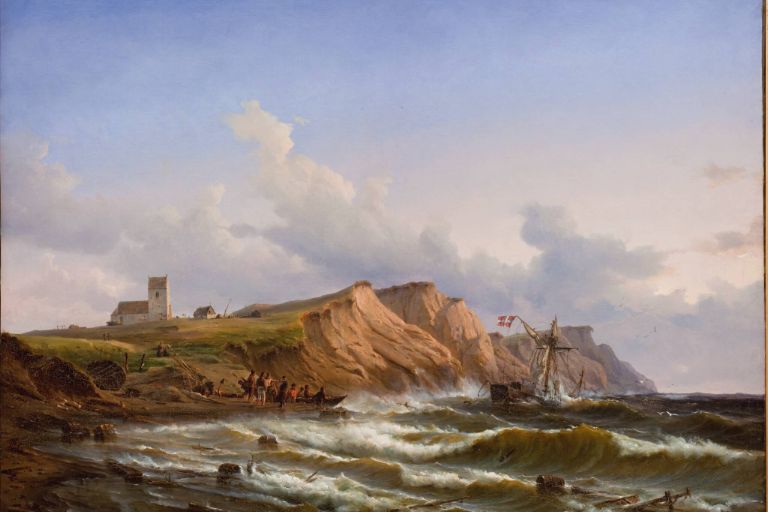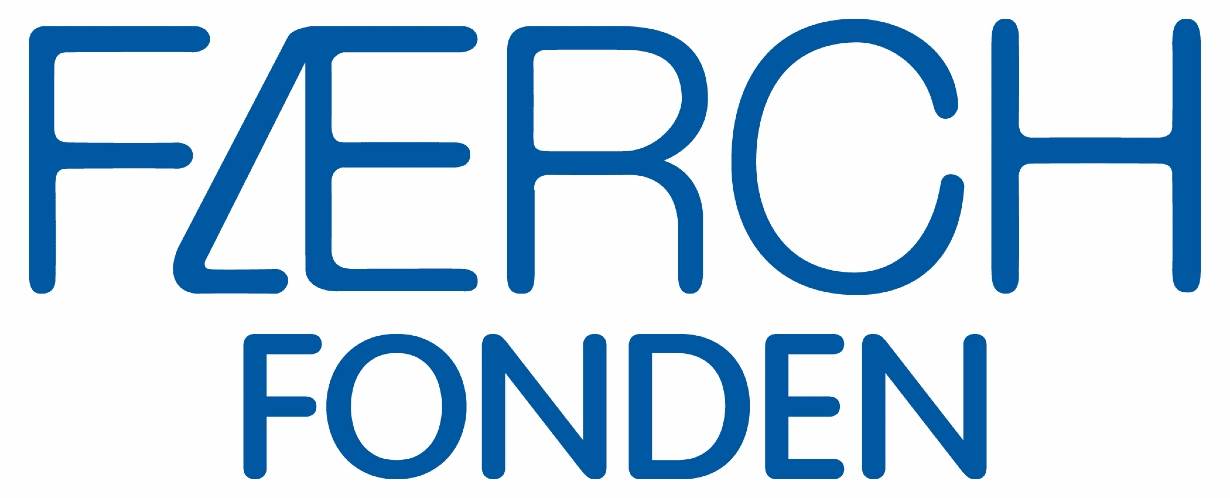Museet for Religiøs Kunst · adresse · Tlf. xx xx xx xx · info@mail.dk

FAR WEST - Western Jutland in art
10-6-2023 - 31-10-2023
Lemvig Museum and the Museum of Religious Art have worked together in creating the project FAR WEST. Each introduces their own exhibition focusing on Western Jutland in Art and Culture through 300 years.
English
FAR WEST – Western Jutland in art
June 11th 2023 – October 31th 2023
This summer the two local museums, Lemvig Museum and The Museum of Religious Art, together presents the exhibition project FAR WEST. Each with its own exhibition focusing on “Western Jutland in art and culture through 300 years”. Western Jutland being a region associated with extreme opposite notions of the wild and the natural.
“Not only are we now far west,
but there are also in so many ways something about these regions,
which reminds us of the even more distant Northern American far west.”
(Falkman 1879)
As a cultural history museum Lemvig Museum’s exhibition FAR WEST – A real West Jutlander? will focus on the people of Western Jutland as they are perceived both by others and by themselves.
This art museum will focus on Western Jutland as an art historical motif in the exhibition FAR WEST – Western Jutland in art. The art historical line excels by being almost invisible, which in itself shows the peculiarity about Western Jutland as an artistic motif. Western Jutland was not only far from the beaten track – it was also outside the traditional artistic conventions, whereas the artists had difficulties converting the treeless and monotonous landscape into pictures.
Today the raw and flat landscape is a part of the force of fascination for both artists and tourists, but this was not the case when the first artists came to Jutland in the 1830s. Jutland, and particularly the peculiar landscape of Western Jutland, had a very late and only sporadic entry into the arts, as a survey of the motifs of the Charlottenborg-exhibitions over time shows. In the 1830s, where Martinus Rørbye as one of the first artists went to Jutland, the vision of the countryside was somewhat in between the Patriotic and the National Romanticism.
With the National Romantic flow from the 1840s the arts show a tendency towards perceiving the landscape as part of the national identity. Hence the Danish landscape as a wholesome picture was practiced rather than the specific landscape types. Western Jutland did not fit in as well as for example the hillier landscape around Vejle, which resembled the landscape of the isles.
Yet some artists saw a potential in the wild Western Jutland early on. With a partiality for deserted landscapes, it is no surprise that an artist as Dankvart Dreyer (1816-1852) found his way to the area around Lemvig.
Artistically the exhibition originates from Golden Age artists as Dankvart Dreyer across Niels Bjerre (1864-1942) and Jens Søndergaard (1895-1957) to contemporary artists as Sophie Hjerl (b. 1971) and Lærke Posselt (b. 1984).
Besides a focus on the landscape of West Jutland the exhibition at the Museum of Religious Art takes a closer look at the representations regarding the religious life, as expressed in for example Niels Bjerre’s pronounced pictures of Indre Mission (an evangelical wing of the Church of Denmark). Life on the brink of the North Sea doubtlessly contributed to the religious revival in the 19th Century, and even to this day there is a widespread opinion that religion is a bigger part of people’s life in West Jutland than in other parts of the country. The connection between human, nature and religion is thus a crucial point of this exhibition.
The project is sponsored by:
A.P. Møller og Hustru Chastine Mc-Kinney Møllers Fond til almene Formaal
Færchfonden
Aage og Johanne Louis-Hansens Fond
Knud Højgaards Fond
Statens Kunstfond

